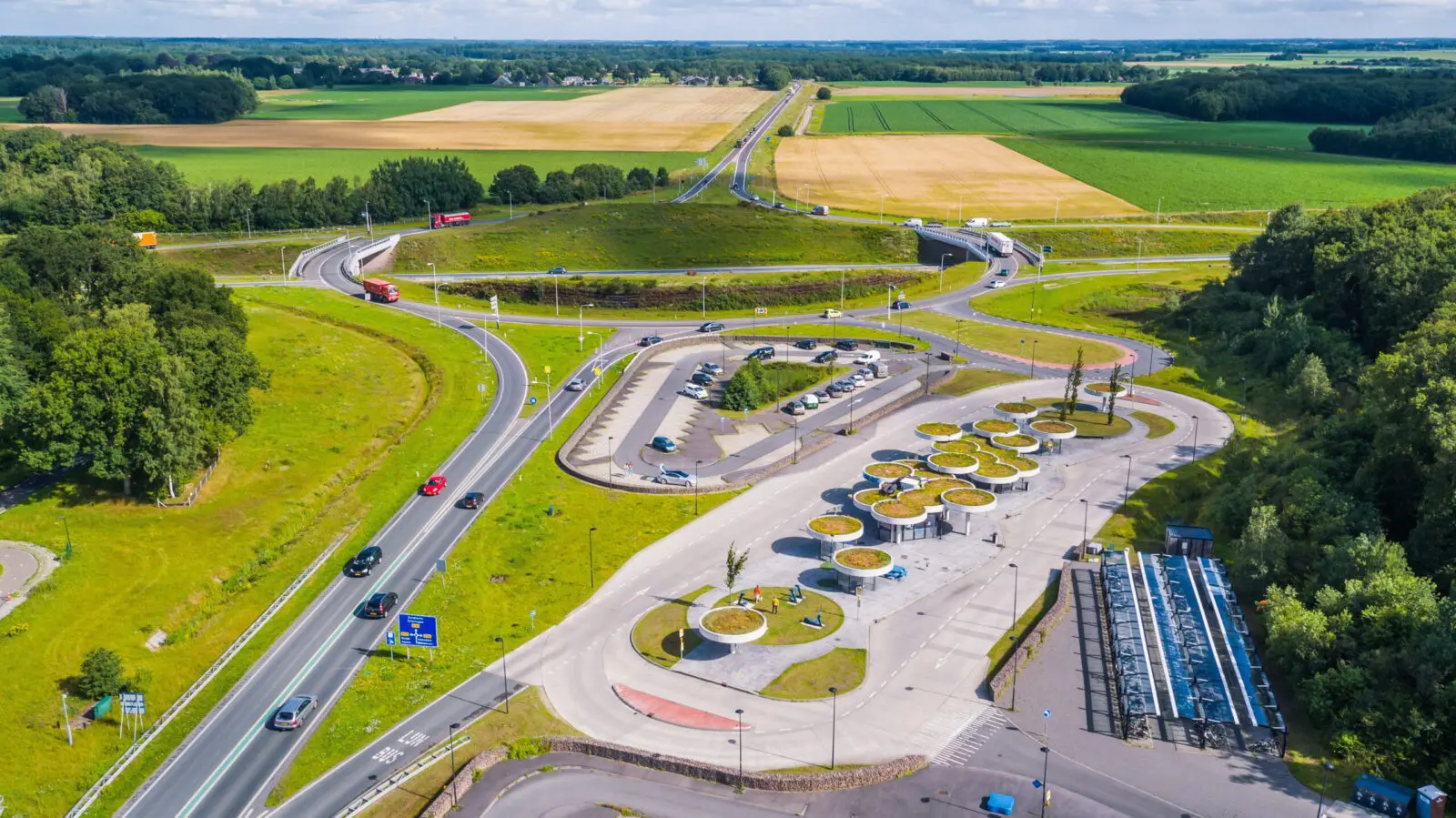Rural to urban
Mpact stresses the interconnection between rural and urban areas and the importance of a local and demand-based approach for mobility needs.
Imagine a city with the perfect mobility approach: you will probably see many pedestrians strolling about in green spaces, and there will be many cyclists, extensive public transport, and some room for the occasional shared and autonomous car.
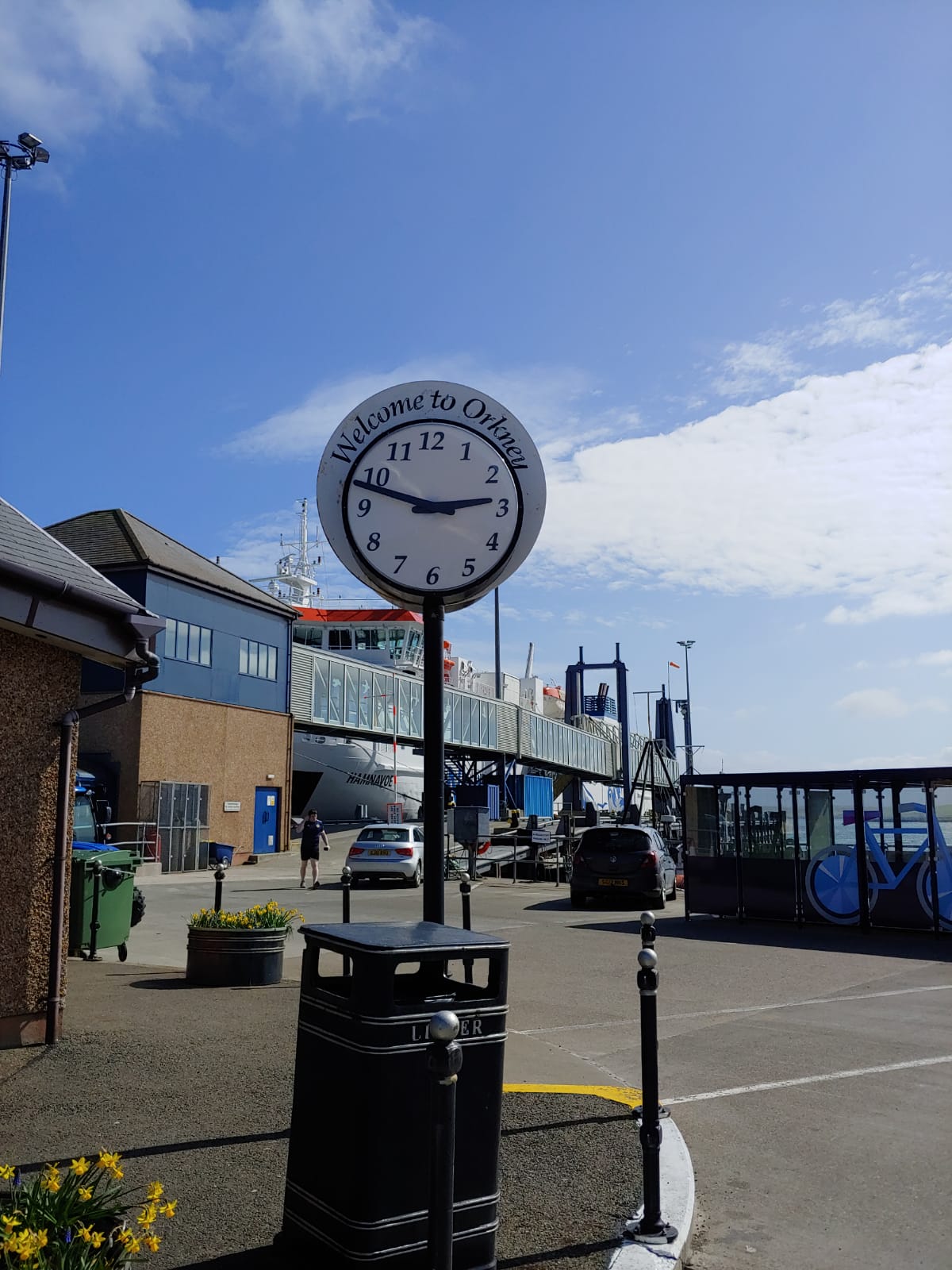
A street in Orkney Islands. Credit: Esen Köse
Now, do the same exercise, but think about a rural area: what do you see? Chances are your mind would go to cows laying on the grass in an immaculate, green field, all because you have no idea what rural mobility is or could potentially be. Alternatively, if rural mobility is right up your alley, there is a good chance your mobility scenarios may be less utopic.
Either way, we can agree that rural mobility does not always get the attention it deserves. This hurts all of us because the urban, suburban, and rural spaces in our lives are interconnected – or at least, they should be. If urbanites do not want their cities to drown in car traffic, they should support solutions that are tailor-made for those living and working in suburban and rural spaces, and to do so, there is a need for a demand-based, regional, and non-exclusively urban approach.
Mpact has been focusing on this approach in several of its projects, among them the Interreg North-Sea G-PaTRA project – short for Green Passenger Transport in Rural Areas. With a particular focus on the UK, the Netherlands, Denmark, Germany, Norway, and Belgium, G-PaTRA aims at promoting green mobility by enhancing the capacity of authorities to reduce CO2 from personal transport in remote and rural areas, as well as islands, by embedding more zero-emission vehicles in rural transport systems and improving available passenger transport resources.
In particular, also thanks to relevant international sources of inspiration, the Belgian region of Flanders, a 78,8% rural area where Mpact has been fairly active, has achieved great results and highlighted further opportunities of exploitation for rural mobility.
The island perspective: self-awareness creates a city-independent framework
The Orkney Islands, an archipelago in the Northern Isles of Scotland, situated off the north coast of the island of Great Britain, serves as a fundamental inspiration for the work (to be) done by Mpact in Flanders.
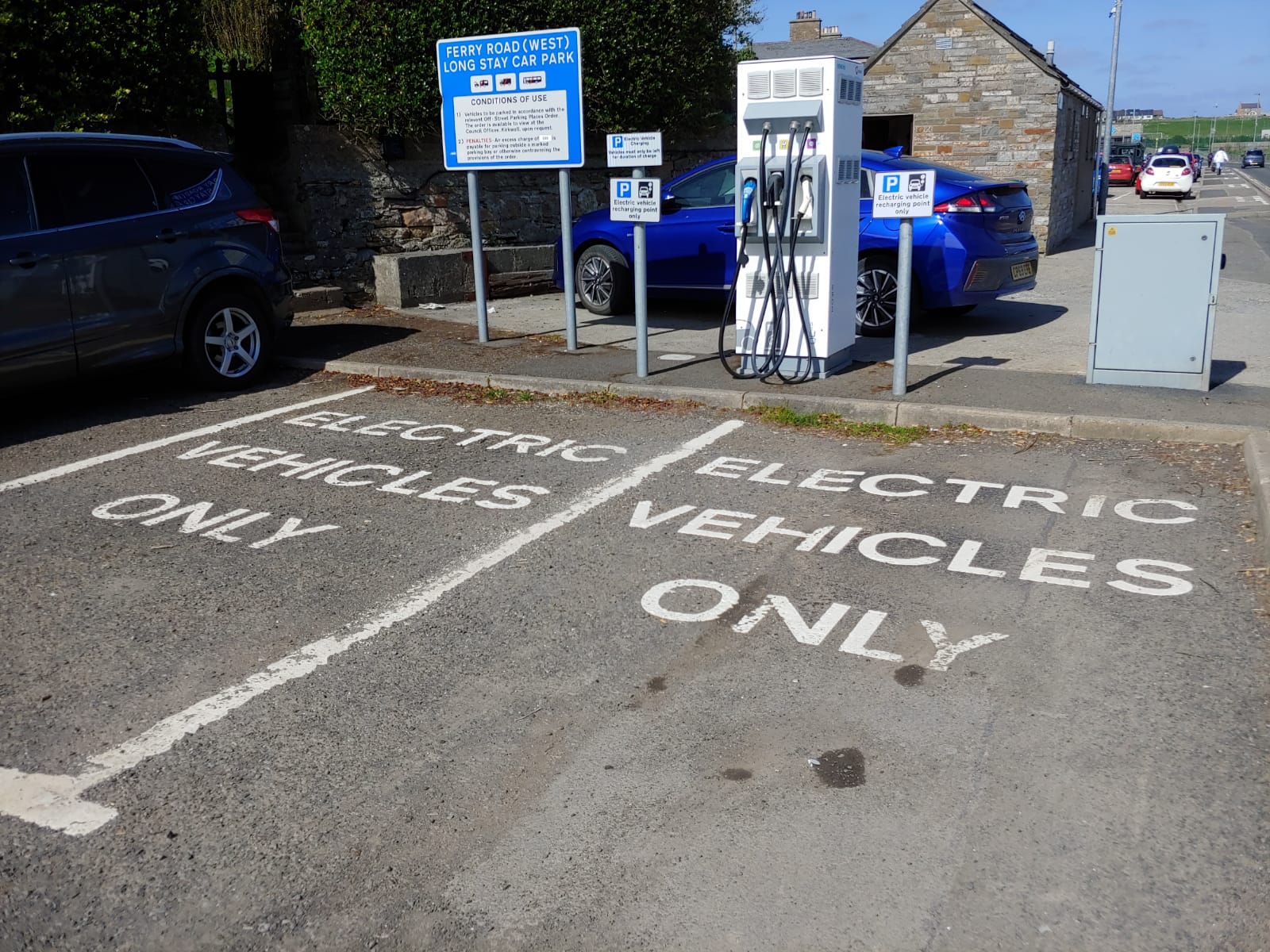
Orkney Islands: Stromness has an extensive EV charging infrastructure. Credit: Esen Köse
Indeed, these islands generate their electricity with windmills and use it for their extensive charging infrastructure to fuel private electric cars for inhabitants and shared electric bicycles for tourists. Moreover, the Scottish council area has been also experimenting with autonomous transport by delivering mail around the islands by drone. The Orkneys achieved this by not working off an urban mobility framework that would focus on reducing cars instead of making its car use more sustainable – the island group looked at what they had to work with and involved their community to come to a tailor-made solution.
The main lesson gathered from the Orkneys and to be applied by Flanders has been to lead with a demand-based perspective, rather than projecting some urban-based plans on the countryside – while some mindsets still need changing, this approach is already part of the upcoming Flemish mobility plan (‘basic accessibility’).
The region rules supreme: filling in the gaps with ridesharing on a regional level
Pouring resources into a bus for everyone is not the most efficient or feasible approach for rural mobility.
One region in France, the Grand Est region, has come to realise just that. The region has instead come up with a plan to make car travel more sustainable. To turn ridesharing into a success, the region has implemented financial and promotional collaborations with local authorities by creating an intermobility charter, with 40 municipalities as signatories. These municipalities have created a network of carpool parking and transfer parking that provide capacity, greenery, and some basic services such as sanitary accommodations.
This means that carpooling to work or leaving the car behind when entering the city has become easy, cheap, and comfortable, and it represents a big boost to rural areas and their connection to work means and the city.
Similarly, in Flanders, the Mpact carpool platform already provides a way for companies to let their employees match up, drive together to work, and receive the fiscal advantage for carpooling. The next steps envisioned are to look at a possible regional approach towards carpooling, with the incorporation of leisure car travel, which corresponds to two-thirds of car travel in Flanders.
More than just mobility: mobihubs as the entry point to society
We can think of a mobility hub in the strictest sense of the concept: a place where several modes of mobility come together. If you look beyond that template, the hub can be a place where society comes together, where different areas – rural, suburban, and urban – connect.
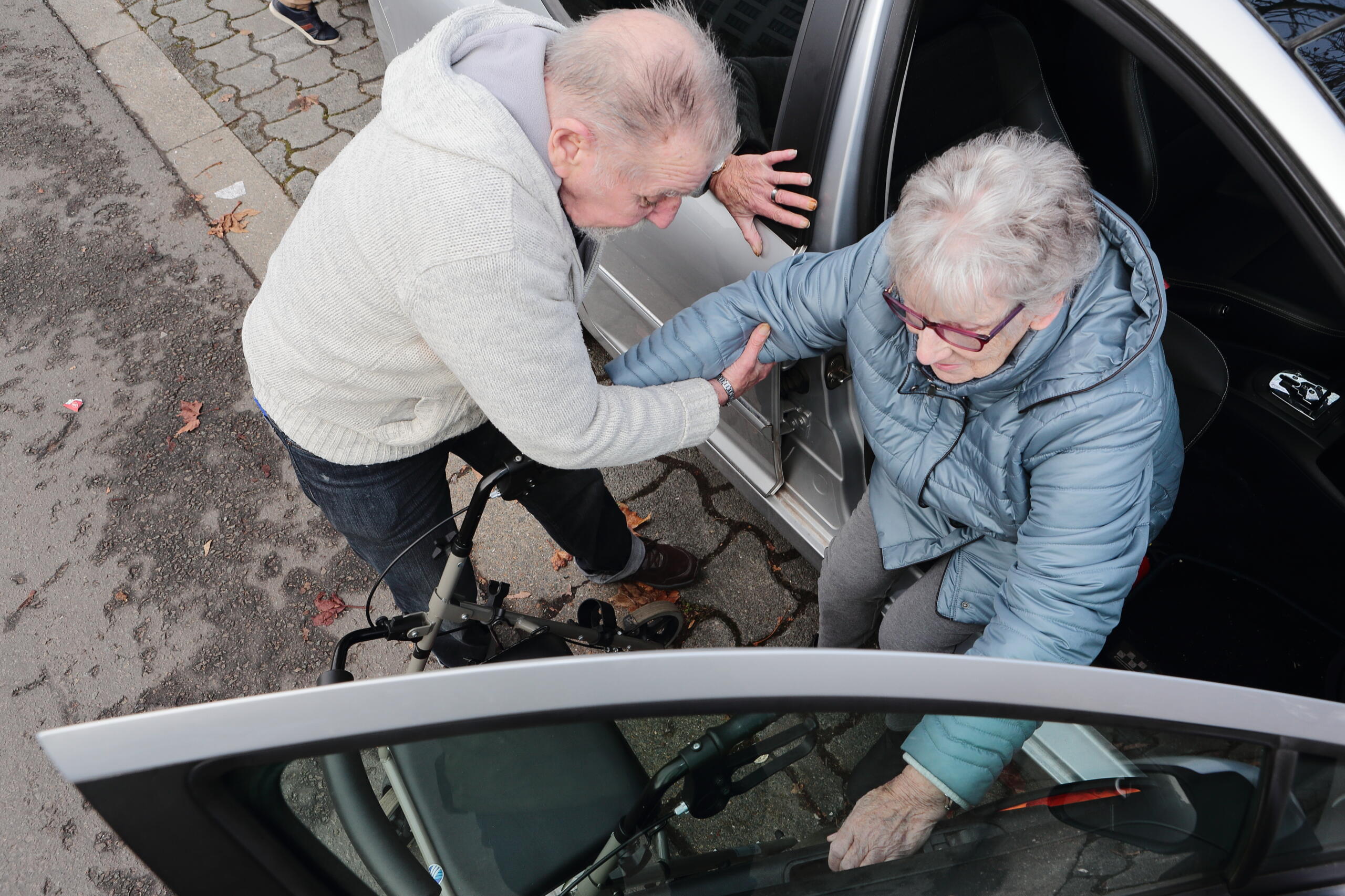
Mobitwin is of use for more than 30,000 people with reduced mobility in Flanders. Credit: Mpact
The Netherlands region of Drenthe-Groningen is an interesting example of how multifaceted hubs can be, with hubs like Meerstad (park-and-ride parking site) and Gieten (bus hub) which are limited in functionality, or Siddeburen (mobility hub at a church converted to a village centre) and Delfzijl (mobility hub combined with a social café). That being said, not every mobility hub needs to be ‘more than’, but thinking beyond the basic hub can create some exciting opportunities.
With the ‘Hoppinpunten’ in Flanders, we provide a clearly recognisable and cohesive network of mobility hubs. The criteria for a mobility hub are low-threshold, which means the network can grow easily, but their downside is that they mostly stick within the strictest template of the mobility hub.
There is however hope to expand this concept by bringing in a weekly host, or different experiences – a mobile library, a doctor, or a farmer’s market, for example. The idea would be to use the hub to bring regional functions to a local area – something that could have a big impact, especially in rural areas.
Flanders leads the way: door-to-door service for less mobile people
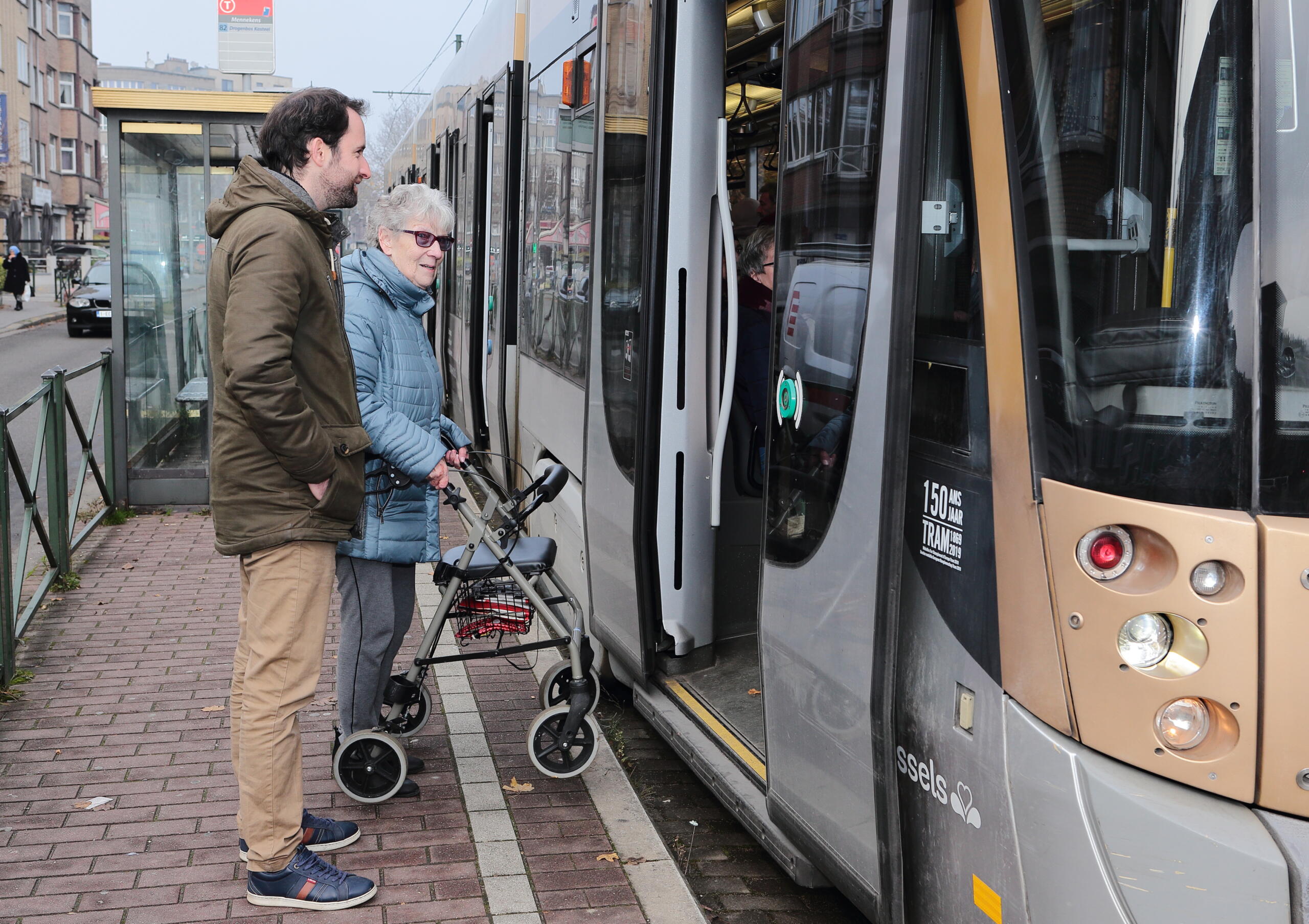
Mpact founded the Less Mobile service (Mobitwin) in Flanders in the 80’s. Credit: Mpact
Rural Flanders could be considered one big ‘urban sprawl’ with public transport services limited and at times irregular. This affects the accessibility of transport options for poorly served people, limiting their mobility and their participation in society. Consequences of this kind of exclusion are well known, with unemployment, social isolation, and inability to meet basic needs featuring at the top.
For this reason, Mpact founded Less Mobile Services (Mobitwin) in the 80s. Through voluntary drivers, it provides a door-to-door transport service for less mobile and elderly people.
In Flanders, this service is of use to more than 30,000 people with mobility needs and has around 3,000 voluntary drivers that drive the users to their destination and back. In addition, during the pandemic, it provided 20,000 rides to vaccination centres for elderly people.
The urban, suburban, and rural spaces in our lives are interconnected – or at least, they should be.
- Esen Köse, Project Manager Autonomous, connected, and inclusive mobility at Mpact
Conclusion
To promote growth and maximise equity, rural transport infrastructure and services are crucial. Indeed, access to education, employment, health care, culture, and social activities is made possible by effective rural road infrastructure and services that also support trade, industry, and other economic activities.
While decision-makers have paid much less attention to rural mobility than to urban mobility, rural communities still need supplemental and supportive solutions and integrated links with urban and peri-urban areas.
Mpact believes that transport inequalities between urban and rural areas can be reduced by working with a demand-based approach (Mobitwin), on a regional level (regional carpooling, mobihubs), and, above all, working on original solutions that are not copy-pasted from cities, but reflect the needs and geographical setting of rural areas (Orkneys).
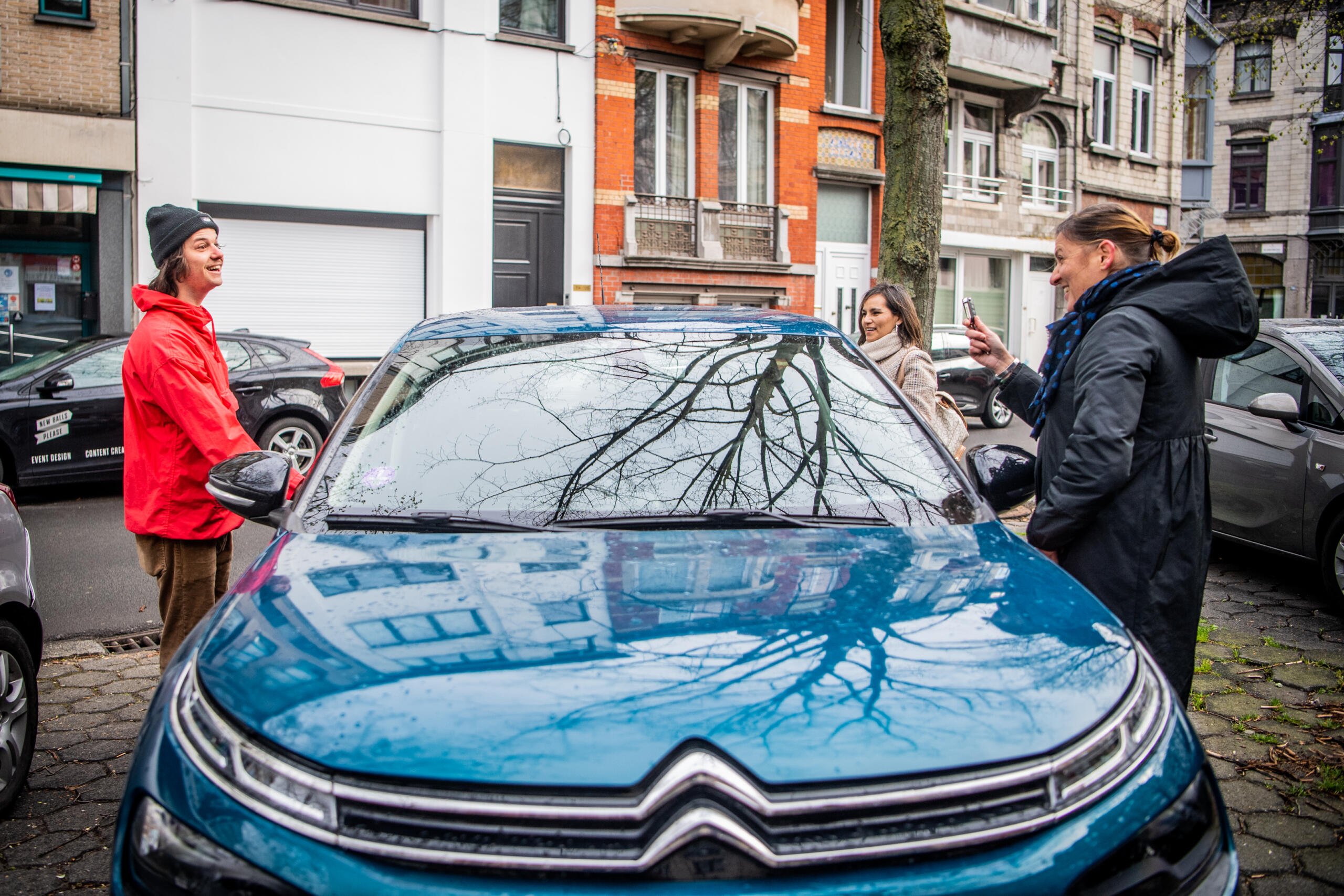
Carpool.be is the go-to carpooling platform for companies in Belgium. Credit: Mpact
Click here to read the article in its original format.
About the authors:
Caroline Tilleman is Communications Manager at Mpact. Her interest in mobility comes from commuting to university. With a bus that was always stuck in traffic jams, caused by cars occupied by a single person. Caroline lets the Mpact brand grow and has supported the Project Managers of Mpact in their communicative endeavours for the past three and a half years.
Esen Köse is Project Manager for Autonomous, connected, and inclusive mobility at Mpact, and is experienced in making shared, new, and sustainable mobility more accessible for all. She developed skills in European projects by creating awareness of automated transport, co-creation in shared mobility, and youth participation. She is also actively involved in the roll-out of the ‘30 Dagen Minder Wagen’ campaign in Flanders.
Jasmien Jaques is Project Manager for New, connected and rural mobility at Mpact, working on efficient and accessible mobility in Flanders. Within the G-PaTRA project, she works on the rural mobility challenges in Flanders. With a background in architecture and spatial planning, the link between the usage of space and the usage of mobility to create liveable neighbourhoods where people come first in public space is of the utmost importance for her.
